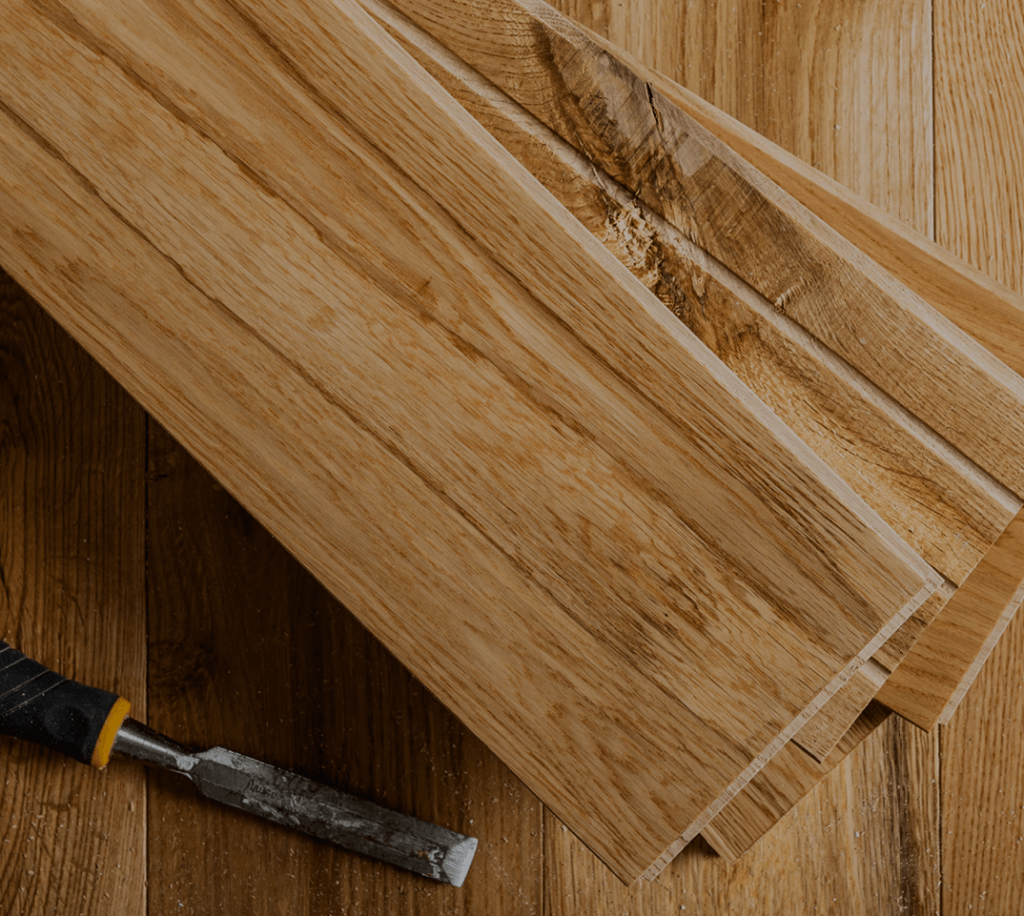How to lay timber flooring
Timber flooring has become an increasingly popular choice for homeowners looking to enhance their property’s value while simultaneously adding beauty. The timber flooring installation process may seem daunting at first; however using proper flooring tools and techniques will ensure a strong finished product that looks stunning too! Before delving into installing hardwood floors though there are some important steps you should consider such as allowing your flooring acclimate to temperature control along with natural humidity for three to five days prior to installation – this minimizes risk for warping or buckling over time.
Basic tools such as tape measure, pry bar underlayment vapor barrier paper & adhesive are needed when installing wooden floor but depending on what type of floor chosen- other items such as nails or screws could be needed too! Laying boards starts from one corner- apply adhesive wider than two board widths making sure each piece is leveled perfectly before moving onto next row. For an even, professional-looking timber floor installation, take care when placing each board – sometimes a gentle tap with a mallet can really make all the difference.
And remember: leaving an adequate expansion gap between flooring and walls is key for long-term performance and durability. Add those finishing touches with carefully chosen baseboards or trim pieces for an extra layer of elegance and refinement.
Pre-Installation Preparation
Opting for timber flooring is a significant project and one that requires careful attention from start to finish. To lay these floors correctly taking certain measures is crucial.
Before installing wooden floor boards there are certain pre installation procedures to cover off on such as allowing them time to acclimate in their new space for roughly two days. In addition to this essential step removing any existing floor material such as tiles or carpeting also plays an important role in achieving a smooth install process free from unwanted bumps or ridges on your subfloor( timber flooring or concrete flooring) level. Another vital consideration when preparing for this job is identifying and repairing any subfloor damage you notice before laying down new wood planks.
The final step involves taking further precautions through installing appropriate moisture barriers where deemed necessary during your inspection process before commencing work on laying down those hardwood floors. Investing in new beautiful flooring is a big decision – so don’t let avoidable issues like excess humidity undermine its longevity. By implementing an effective moisture barrier system from the get go you’ll be able to fortify your flooring against portentous problems like warping or buckling down the line – and keep it looking great for years to come.
Selecting the Right Timber Flooring
Choosing timber flooring as an option for your home means selecting a classic look that never fades in popularity. Whether its solid timber flooring or engineered timber flooring or laminate flooring that catches your eye exploring all possibilities can lead you towards finding the perfect fit for you based on factors such as durability alongside aesthetics. Carefully weigh these factors against both personal preference and budget when deciding which material best suits your needs.
Solid timber floor
Your floors are more than just something you walk on – they’re part of your home’s style statement! Solid timber floor is perfect if you want something that adds value while lasting long-term. But with great quality comes great cost: while there is an assortment of beautiful species like spotted gum or blackbutt available that would look great in any home space suitable for them price-wise too; installing such detailed pieces takes skill – so watch out for fitting costs.
Engineered timber flooring
Ready for some good news? With engineered timber flooring you can have both style and affordability rolled into one neat package! The magic lies in its structure; Timber floorboards featuring a combination of real wooden layers on top with man made material beneath – making installation easier and faster. Unlike solid hardwoods engineered wood floors don’t cost as much hence a perfect fit for those on a tight budget. Keep in mind though that its not as durable as hardwoods but theres still plenty of options available such as maple or oak that won’t break the bank and will still provide your space with a stylish finish.
Laminate floors
Laminate flooring provides homeowners with an affordable alternative to hardwood timber floors whilst still maintaining a realistic design resembling real wood or stone. Its multiple layers are bonded together under high pressure ensuring durability and ease of maintenance. Nevertheless it may not match engineered or solid hardwoods in terms of longevity – though still offering numerous styles for consumers to choose from to fit their specific needs perfectly.
Selecting the right timber flooring is a crucial decision so when making your choice consider various factors such as budget, intended usage like personal preferences concerning species (oak vs hickory vs maple) grading classification (select vs common) finish type (matte vs glossy) etcetera and discover a great deal without compromising on style! With so many different options available today you’re sure to find something that fits both your taste and budgetary needs!
Tools and Materials Needed
To ensure that your equipment is installed correctly, having the right tools and materials is critical. Lack of either could lead you down a difficult path towards danger or time-consuming setbacks.
That said, for a smooth installation process always opt for high-quality tools alongside compatible materials – here are five key items you need:
Measuring Tape – Required for measuring out where your new gear will go
Underlay or Adhesive – Essential should you need something sticky
Spacers – Ideal if there’s a need for gaps between surfaces
Saws – For cutting through anything from wood through metal as necessary
Nail Guns – Required once everything is in place
By investing in top-grade tools alongside like-minded materials ensures easy installation regardless of what project lies ahead. Furthermore, never neglect safety when working with these essentials! With proper preparation under usual care guidelines risk potential falls significantly reducing damage opportunities.
Installing the Timber Flooring
If you want to add value and aesthetics to your home effortlessly- consider installing timber flooring! Although many homeowners find this task intimidating; with proper preparation and knowledge- anyone can do it themselves. Here’s what needs doing:
Firstly- measure the area where you’ll install your new floors & determine how much material you need for this project. Next up- prepare your subfloor meticulously; clean thoroughly & ensure its levelness (use self-leveling compound if needed).
Before starting installation- lay down a vapor barrier paper as protection against moisture damage. Proceed with precision; aligning your first row of boards along one wall of the room (ensuring they’re all straight/level before nailing them into place)- using spacers between each board for consistency throughout the process.
Finally: continue laying boards in rows until reaching opposite walls, ensuring straight/level rows before starting new ones. Don’t let tight spaces get in the way of achieving your desired hardwood flooring look! Simply use a circular saw or jigsaw armed with a fine-toothed blade perfect for cutting these specialized materials to get custom-sized boards as needed. Afterward, securely fasten each piece into place using any combination of nails, adhesive material, or click-lock systems depending on what suits your unique needs best. Just make sure not to forget about tidying up any remaining sawdust or wood scraps before moving on to creating those amazing finishing touches such as baseboards and trim work surrounding all entrances!
Finishing Touches
You know what they say about first impressions; they count! The same applies when installing boards, skirting boards or trims during your project’s end phase – the last row needs precision trimming and fitting for that uniform appearance you crave. The task may seem daunting at first glance but fret not! We’ve got you covered with some simple techniques that will yield amazing results- trust us! First off is measuring your installation area, then cutting your board using either a saw or jigsaw before nailing it into place – precise cuts ensure no gaps between pieces of trim whatsoever.
Next up is applying caulk or wood filler to cover any gaps that stand out like sore thumbs after all trimmings are in place – no detail goes unnoticed here at our company!. We recommend choosing quality materials such as PVC trim boards and HardieTrim boards as they’re sturdy enough to withstand harsh weather conditions while providing long-term durability. In addition these items boast an extensive selection of colors and styles. This means that finding one that harmonizes with the visual appeal of your house won’t be a challenge.


